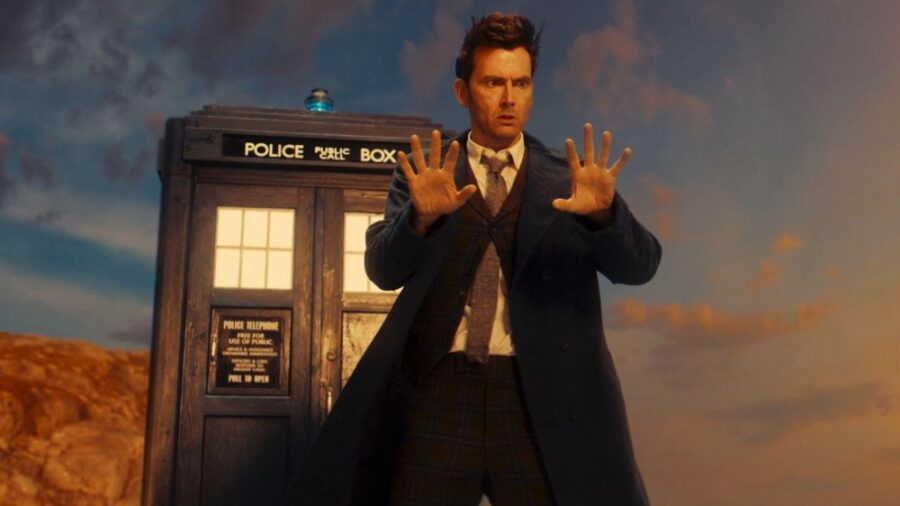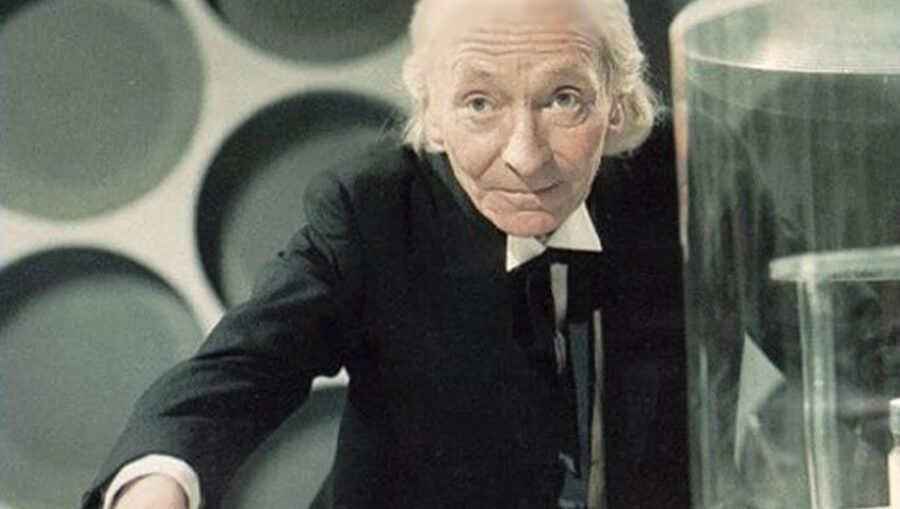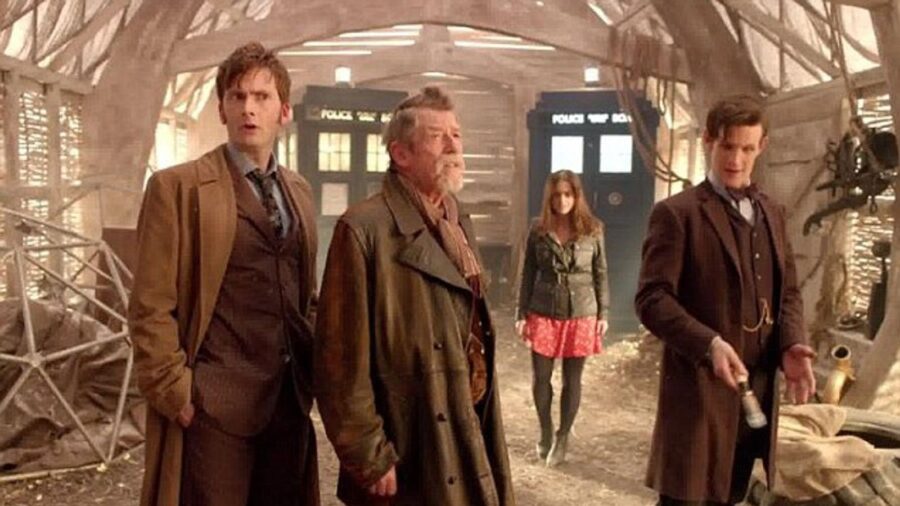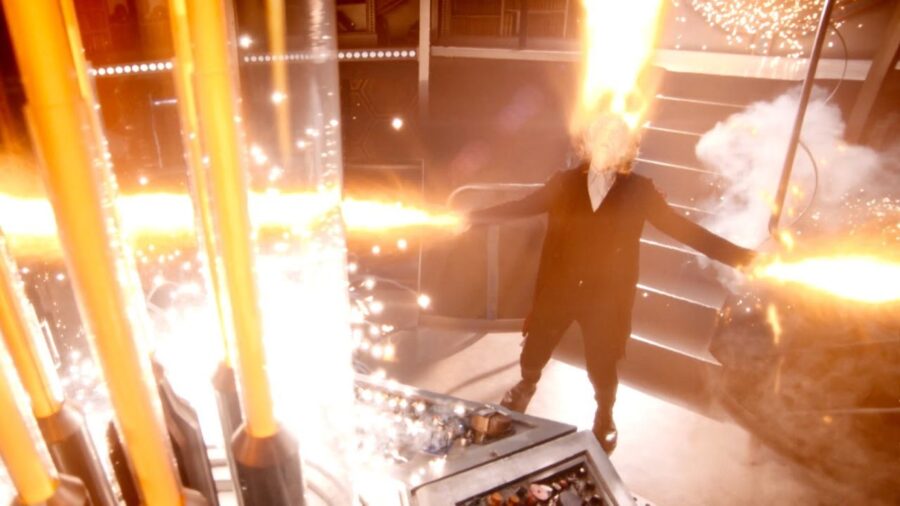The Complicated Business Of Doctor Who Regeneration, Explained

The diehard fans of the Doctor Who television show are pretty well acquainted with the concept of regeneration, but to the series’ newcomers—whose number grows by the day—the concept might seem confusing. We’ll explain what regeneration is, how it came to be in the show, and what some of the rules associated with this renewal concept are.
The concept of regeneration is perhaps one of the most unique aspects of the show. Introduced very early in the series, the regeneration occurs each time a Time Lord, in this case, the Doctor (but other Time Lords as well), is brought to the brink of death, whether through physical injury, illness, or old age.
Hartnell agreed to leave the role after the very first regeneration scene, after which the role was passed down to Patrick Troughton, and the process became a recurring element within the show’s narrative.
However, some Time Lords have exhibited the ability to trigger it by choice. Regeneration is an innate ability associated with Time Lords, a process of “molecular readjustment” by which Time Lords renew themselves.
This molecular readjustment in the Doctor Who universe also causes a complete physical and sometimes psychological transformation. When in physical distress, usually in moments of extreme trauma, Time Lords release a massive amount of regeneration-triggering hormone called Lindos, which subsequently causes a surge of regeneration energy that rewrites the Time Lord’s biodata within all relative dimensions in space-time. Doing so also repairs any damage done to their body, often taking on a different appearance.

In the show’s early days, when the First Doctor—portrayed by William Hartnell—regenerated into Patrick Troughton’s Second Doctor, it was implied that the hero always regenerated into a younger male. Sixty years on television have proven the perceived rules wrong.
The Sixth Doctor became paranoid following his regeneration, the Tenth Doctor was incapacitated for hours following his, and both the Twelfth and the Eighth Doctor suffered bouts of amnesia.
Patrick Troughton’s Second Doctor regenerated into Jon Pertwee’s Third Doctor, assuming a physical appearance older than the previous incarnation. This also took place in the revived Doctor Who when Matt Smith’s Eleventh Doctor regenerated into Peter Capaldi’s Twelfth Doctor.
The regeneration between Patrick Troughton’s Second Doctor and Jon Pertwee’s Third Doctor also brought about the possibility of psychological change because we ended up with a bolder and action-oriented Doctor—influenced by James Bond films of the time.

Such examples are scattered throughout the series. The Sixth Doctor became paranoid following his regeneration, the Tenth was incapacitated for hours following his, and both the Twelfth and the Eighth suffered bouts of amnesia.
What’s also interesting is the fact that regenerations have 12 cycles, which means that the Time Lord has only thirteen lives to live. When all 12 cycles are spent, the Doctor would presumably regenerate into his 13 and final body and eventually die in their final incarnation. But that isn’t the case.
Not only did the ruling Time Lords have the power to grant new regeneration cycles, but it was later proven that the Doctor had an infinite number of regeneration cycles. We won’t spoil how this came to be for the newcomers; watch the series, and you’ll find it.
The Earliest Regeneration

Now for the most interesting part. The First Doctor was portrayed by William Hartnell, who suffered various health issues when the shooting of Doctor Who began. The show was a massive success among the audiences, and BBC didn’t want to pull the plug on the show, but Hartnell’s deteriorating health made him increasingly difficult to work with.
So, in 1966, the showrunners came up with the concept of regeneration, stating that the Time Lords had discovered a biological process that allowed them to transform both physically and mentally.
Hartnell agreed to leave the role after the very first regeneration scene, after which the role was passed down to Patrick Troughton, and the process became a recurring element within the show’s narrative. It allowed for the convenient recasting when necessary while also allowing subsequent actors the freedom to interpret the eponymous character differently. For those who have never witnessed a regeneration scene, we’re due one in the upcoming Doctor Who specials, which will also bring back a forgotten villain.












